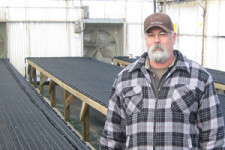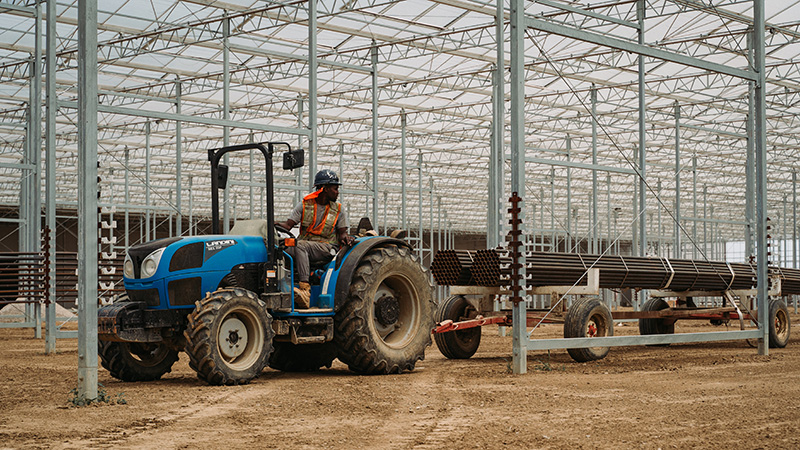Better Bench Heating

It may be difficult for growers in cold country to grasp, but even greenhouses in central California use a lot of heat. Unfortunately, this factor and unprecedented market pressures have conspired to drive many growers in the region out of business in the last few years. The growers in the area that are thriving have found that continued investment in facility improvement is more important than ever.
Morris Brink, Western regional manager for TrueLeaf Technologies says, “There are places along the coast like Half Moon Bay that have very temperate year-round temperatures, but because of marine influences, specifically fog, annual heat loads can rival those of Northern greenhouses.”
The Color Spot Nurseries location in Lodi, Calif., is no exception. Facilities Manager Lou Ball contracted with TrueLeaf and Brink to create an energy audit and produce efficiency calculations to justify the funds from Pacific Gas and Electric to replace an old steam heating system there. “This is a young plant facility and the growers need to maintain strong production temperatures,” Brink says. “The old steam system was very inefficient and expensive to operate and maintain.”
Color Spot is a well-known grower with several locations around the Western United States. Many of their facilities are decades old and the company is committed to improving their efficiency with appropriate solutions. In the Lodi operation, TrueLeaf calculated the existing convective steam system was running at approximately 45 percent efficiency on an annual basis, which is very poor.
The need to replace the old system was a no-brainer–but how? Going with a new boiler would not improve things much as the convective heat pipes were all engineered for steam–and they were rusting away to boot.
“Together, we settled on a solution that includes high-efficiency, low-mass Raypak hot water boilers, new insulated pipe mains and our BioTherm Max bench-top heating fabric.” Brink says. “This group of solutions addressed several issues at once. It substantially improved the efficiency of converting their fuel to heat, and the direct-contact bench heating provides the elevated media temperatures needed for peak production and quality.”
The system works by heating small volumes of water and pumping it through a specialized manifold system attached to loops of high-performance synthetic rubber tubing woven into a polypropylene netting, something akin to a loose shade cloth. The benches can be operated together or isolated individually. Further, the system is operated using soil temperature rather than air temperature.
The projected reduction in fuel usage allowed Color Spot to qualify for a grant of more than $156,000 to defray the cost of installation. So now Color Spot enjoys reduced costs and better production, but that’s not the end of the story. “The pad for the new boilers and the piping connecting them is engineered for the future addition of more boilers so we can deploy our heating system into adjacent houses,” Brink says. “The boilers being added next have up to 99 percent efficiency and boast very low exhaust emissions.”









